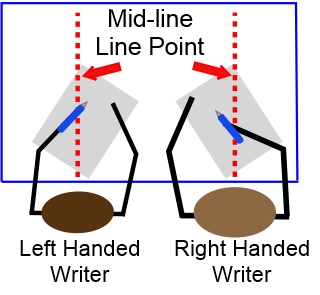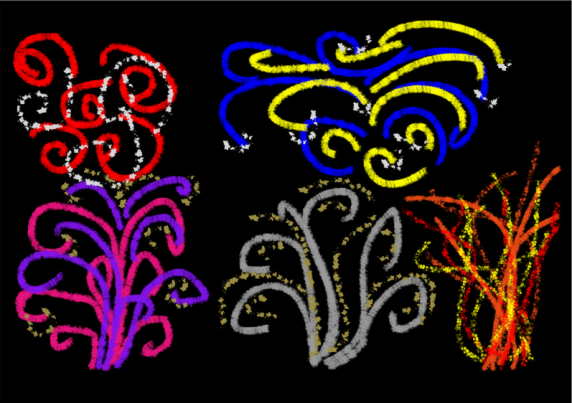

Here at Teach Handwriting we believe that a child is only ready to start learning to join their handwriting when:
- They have learnt to form all 26 lower case letters correctly
- Letters are of a consistent and suitable size (not necessarily the perfect size, remember big is beautiful)
- Letters are positioned appropriately on the writing line as well as in relation to one another.
Children generally begin to join letters between the ages of 6 to 7 years old, depending on the handwriting font style being taught. Those taught a continuous cursive font style from the beginning tend to join much earlier due to the nature of this font (for some by the end of their Reception Year).
Children do not need to be able to remember how to correctly form all their capital letters before they are taught how to join their letters. This is because capital letters never join to the lower case letters in a word. However, for these children correct capital letter formation needs to be taught alongside the introduction of letter joins.
The ultimate aim is for a child to develop a good handwriting style; which means;
- They can produce and maintain a good speed
- Have a fluid hand movement that is comfortable
- Letters are of a consistent and appropriate size, positioned correctly
- Handwriting is legible (so others can read it easily).
For some children (mainly SEND pupils) this may mean that they will always print or use a single letter form of writing as learning to join is just not appropriate. But that does not mean they will not comply with the bullet points above.



